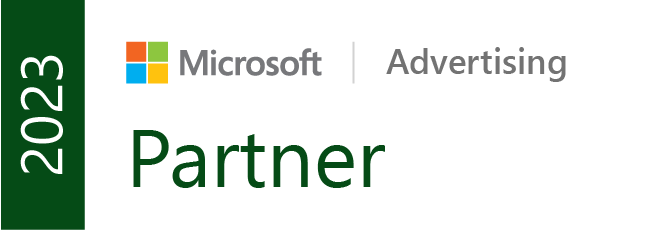
YouTube recently expanded its ad blocking test, which blocks users from watching videos if they have ad blockers enabled. Users are uninstalling blockers or finding workarounds, while marketers adapt strategies to capitalize on increased ad visibility. This controversial policy aims to ensure revenue for creators, but raises concerns about user experience.
Let’s look closer.
Understanding YouTube's ad blocking test
YouTube’s ad blocking test, which was initially launched in June, aims to crack down on online ad blockers by blocking users from watching videos if they have ad blockers installed. When users with ad blockers visit YouTube, they will be greeted with a message asking them to disable their ad blockers or whitelist YouTube to access the content.
This test has gained momentum in recent weeks, with reports indicating a surge in uninstalls of ad-blocking services such as AdGuard and Ghostery, as well as an increase in customer complaints directly related to YouTube’s ad-blocking policy.
Impact on users

The expansion of YouTube’s ad blocking test has left users grappling with the decision to disable their ad blockers or find alternative platforms to watch videos without interruptions. The implementation of this policy has led to a surge in uninstalls of ad-blocking tools and a rise in user frustration.
Ad-blocking tools, such as AdGuard and Ghostery, have reported significant increases in uninstalls throughout October. Munich-based Ghostery, for example, experienced three to five times the typical daily number of uninstalls during this period. User surveys revealed that over 90 percent of respondents uninstalled their ad blockers due to their failure to function on YouTube.
The impact of YouTube’s ad blocking policy extends beyond the uninstallation of ad-blocking tools. Users have sought alternatives, such as Microsoft’s Edge browser, to find a workable blocker that bypasses YouTube’s restrictions. Ghostery installations on Edge surged by 30 percent compared to the previous month, indicating a growing demand for ad-blocking solutions that are effective on YouTube.
Changes in marketers' strategies
YouTube’s crackdown on ad blockers poses a significant challenge for marketers who rely on this platform for advertising. With the potential increase in ad visibility due to the limited use of ad-blocking tools, marketers must adapt their strategies to capitalize on this opportunity while ensuring a positive user experience.
As consumers become more aware of the value exchange on the internet and publishers prioritize customer experience, the use of ad blockers is expected to plateau and decrease. Therefore, marketers should not be overly concerned with YouTube’s ad blocking policy but instead focus on larger challenges such as data privacy, identity, and brand safety.
User experience and advertising
While YouTube’s ad blocking policy aims to ensure fair revenue for content creators, it also raises questions about the user experience and the responsibility of platforms and advertisers. Users who employ ad blockers are not necessarily against all forms of advertising but seek a more user-friendly and secure online experience.
The advertising industry must work collaboratively to create a cooperative, sustainable, and user-friendly internet. This involves prioritizing engagement over the volume of ads served and holding platforms accountable for the quality and quantity of their advertising.
The future of ad blocking and advertising
As YouTube continues to refine its ad blocking measures, the battle between ad blockers and platforms will persist. Ad-blocking tools will adapt to counteract YouTube’s policies, making campaigns like Google’s costly. While YouTube aims to maintain a revenue stream and deliver engaging content, ad blockers will continue to find ways to evade detection.
Marketers should stay vigilant and adapt their strategies as the ad blocking landscape evolves. By investing in quality publishers and platforms that prioritize user engagement, marketers can maintain a strong connection with their target audiences.
Like this post? Let's continue the conversation!
Get in touch with us by shooting us a quick email or tagging us on LinkedIn or Instagram, and sharing your thoughts. Your feedback helps us keep our blog relevant and interesting.
Like the advice but not sure how to implement it? Let us help!
Contact us to discuss avenues for your brand’s growth with performance advertising.
You’ll get an insightful evaluation of your ads + actionable tips to help amp up your direct response revenue. No strings attached!
Get Our Newsletter
Need Help?
Get in touch with us for an insightful evaluation of your ads + actionable tips to help amp up your direct response revenue



